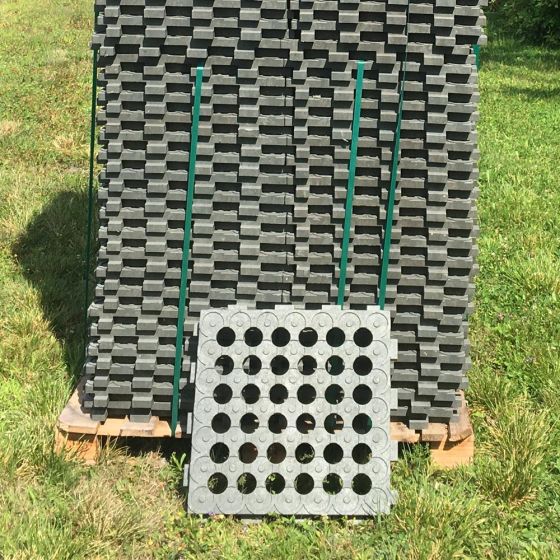

You aren’t limited to just using this system in your paddocks. They can help to prevent mud from being a problem, and may help to prevent paddock erosion from runoff water. Once installed, the grids help to stabilize the ground, letting water drain through while also providing a firm base for you to walk on. You can even seed it with grass when your done if you so desire. Then, you’ll need to fill them with a material like pea stone or gravel.
MUD CONTROL GRIDS HOME DEPOT INSTALL
When you install the grids, you can easily connect them together, thanks to their interlocking design. These Geo cells are designed to be used year-round and will withstand winter weather. The grids feature a cellular design that allows for expansion and contraction. It can withstand up to 35 tons per square foot, meaning not only can horses and humans walk across the panels, but you can also drive your tractor or vehicle across them as needed. The grid is made of 100% recycled or virgin HDPE plastic, so it’s incredibly strong. The system is lightweight, so it’s easy to move for installation. GeoGrid Cellular Paving System The GeoGrid Cellular Paving System helps to reinforce and stabilize the ground, so you don’t sink. Mud Control Grids for HorsesAt Greatmats, we stock two options that can help you to fix your muddy horse paddock. You can accomplish this using mud control grids for horses that keep you and your horses up above the mud, so you don’t sink or slip. This is often only effective for the short-term, as the materials generally work their way down into the mud and fail to help reduce the issue.Ī better solution is to stabilize the ground, itself. Some barn owners try to dump gravel or wood chips into the muddiest areas to build them up again. This reduces the amount of water that the ground in your paddocks needs to be able to absorb. Installing French drains or reworking your landscaping can help to collect water runoff and direct it away from your paddock. For some locations, this might require a multi-step approach. Solutions for Muddy PaddocksEffectively dealing with muddy paddocks requires that you address the elements that are contributing to the mud.

If these areas are at low-lying points that receive water runoff from surrounding areas, the issue will be even worse. The result is drainage problems that lead to mud. These areas see the most wear and tear from horses, which can compact the soil and tear up the turf.

Most paddocks are muddiest in the high-traffic areas, like areas around gates and feeding locations. Why Muddy Paddocks OccurBefore fixing a muddy paddock, it’s important to understand why the mud occurs in the first place. While some barn owners accept muddy paddocks as a fact of life, there are actually multiple ways you can help to prevent them.


 0 kommentar(er)
0 kommentar(er)
